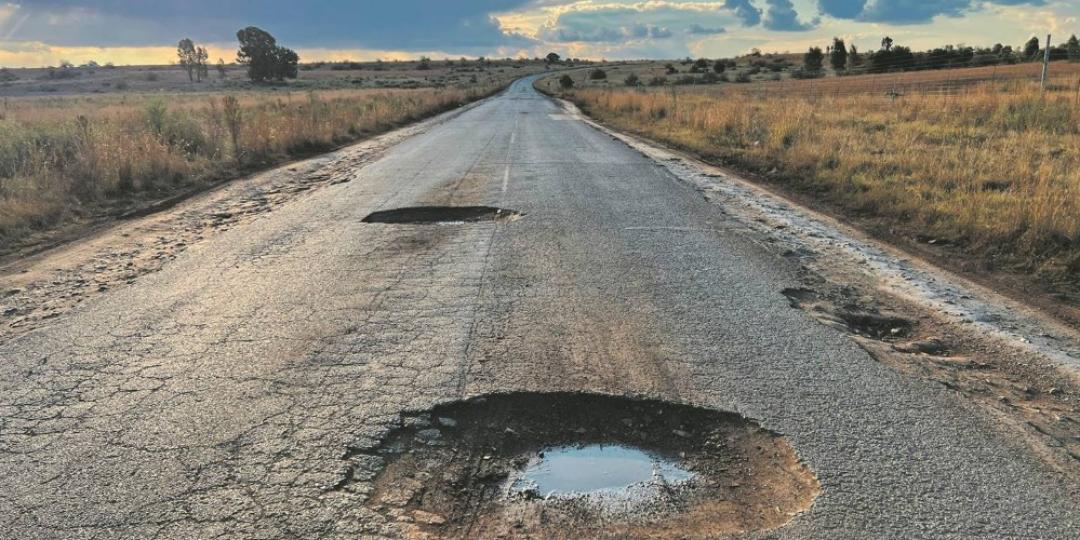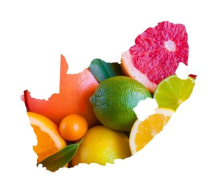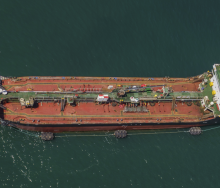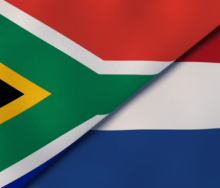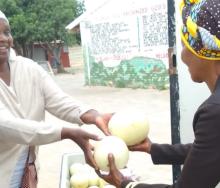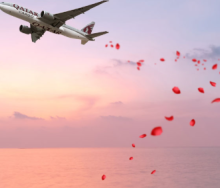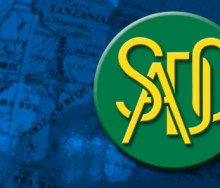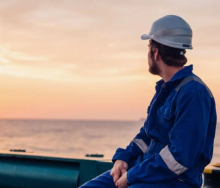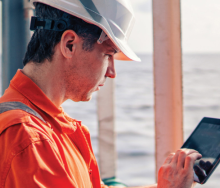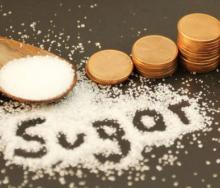It is not only South Africa’s national power infrastructure and railways that are failing, but also the roads.
Fortunately, investments in the country’s road infrastructure are on the way.
The national budget has set aside a total of R903 billion for hard infrastructure development over the next three years, most of which will go into strategic transport and logistics, water, and sanitation.
Although this investment is in demand, Justin Manson from Webfleet believes funding should also be used to improve existing infrastructure to improve road safety.
In Webfleet’s Road Safety Report for South African surveying fleet operators, it was noted that up to 7% of road incidents were caused by poor road conditions.
"If we can bring this down to 2% or 3%, we would save thousands of lives each year," Manson said.
Many lives are lost due to road accidents, especially during holidays such as Easter.
The Road Traffic Management Corporation recorded over 2 500 fatalities over Easter weekends during the last decade.
This Easter, South Africa experienced 225 fatalities, significantly higher than last year's 161 fatalities.
Manson said that the government, in collaboration with the private sector, should do more to improve road safety, decrease congestion, renew Transnet, and restore railway infrastructure.
Restoring railway infrastructure would decrease the number of trucks on the roads and see freight relying more on railways, thus reducing accident risks for motorists and truck drivers.
Additionally, this risk could be reduced by expanding road capacities.
In February, the South African National Road Agency (Sanral) finalised four massive construction tenders for the new N2 Wild Coast highway in the Eastern Cape and the N11 in KwaZulu-Natal.
Sanral believes that the shorter N2 highway would significantly reduce carbon emissions, travel times, and costs.
"The 1.5-to-3-hour reduction in travel time for light-to-heavy vehicles using the current N2 and R61 routes between KZN and EC will result in a projected time cost saving to the economy of R1.5 billion per annum," said Sanral.
"The new route will also open access to the unique but underdeveloped Pondoland region, boosting regional and local socioeconomic development, particularly in tourism and agriculture."
Manson said that the 410-kilometre N2 Wild Coast Highway is an essential step in the government’s Strategic Infrastructure Projects SIP-3, South-Eastern Node, and Corridor Development. - SOURCE: Business Tech.
